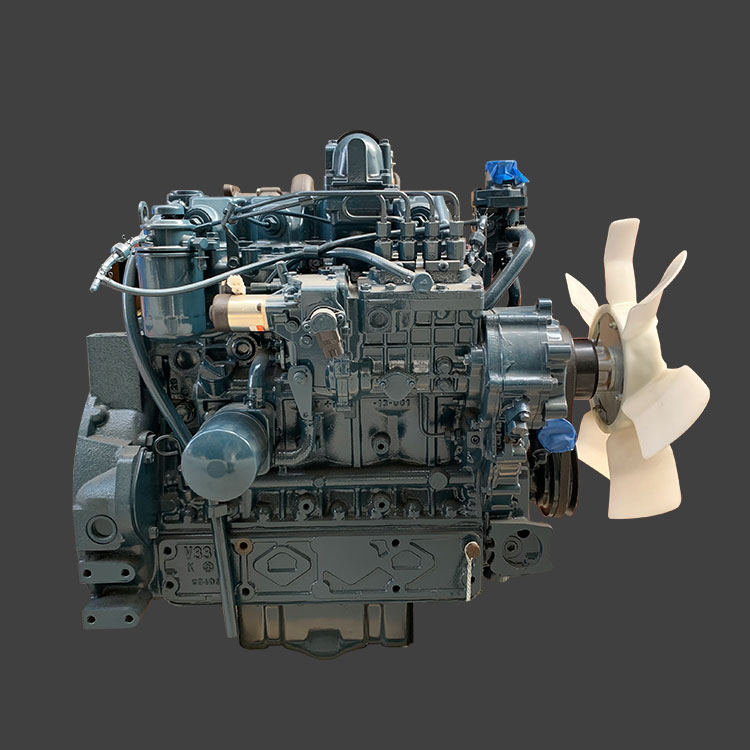The sructural introduction of Diesel Engines
2025-05-30
A diesel engine is an internal combustion engine that uses compression ignition to burn fuel. Unlike gasoline engines, which use spark plugs, diesel engines rely on the heat generated from compressing air to ignite the diesel fuel. These engines are widely used in transportation (trucks, ships, trains), power generation, and industrial machinery due to their efficiency and durability.
1. Basic Structure of a Diesel Engine
A typical diesel engine comprises the following main structural components:
a. Cylinder Block
The main body of the engine.
Houses the cylinders where pistons move up and down.
Contains passages for coolant and oil to maintain optimal temperatures and lubrication.
b. Cylinder Head
Attached to the top of the cylinder block.
Contains the combustion chamber, intake and exhaust valves, fuel injector nozzles, and sometimes the camshaft.
Sealed to the cylinder block with a head gasket.
c. Pistons
Move up and down inside the cylinders.
Transfer energy from the combustion of fuel into mechanical work via the connecting rod.
d. Connecting Rod
Connects the piston to the crankshaft.
Transmits the reciprocating motion of the piston into rotational motion.
e. Crankshaft
Converts the linear motion of the pistons into rotational motion to drive the vehicle or machinery.
Typically supported by bearings within the crankcase.
f. Fuel Injection System
Precisely injects diesel fuel into the combustion chamber at high pressure.
Includes components such as the fuel pump, injectors, and fuel lines.
g. Valvetrain
Includes intake and exhaust valves, camshaft, rocker arms, and push rods.
Controls the flow of air into and exhaust gases out of the combustion chamber.
h. Turbocharger (Optional)
Increases the engine’s efficiency and power output by forcing extra air into the combustion chamber.
i. Cooling System
Uses coolant circulated through the engine to prevent overheating.
Includes the radiator, water pump, thermostat, and coolant passages.

j. Lubrication System
Reduces friction and wear between moving parts.
Comprises an oil pump, oil filter, and network of oil passages.
2. Working Principle
The diesel engine operates through a four-stroke cycle:
Intake Stroke – Air enters the cylinder as the piston moves down.
Compression Stroke – Piston moves up, compressing air, raising its temperature.
Power Stroke – Diesel fuel is injected and ignites due to the high temperature, forcing the piston down.
Exhaust Stroke – Burnt gases are expelled as the piston moves up.
3. Structural Advantages
High thermal efficiency: Due to higher compression ratios.
Robust construction: Designed to withstand higher pressures and temperatures.
Durability and longevity: Diesel engines typically have a longer operational life than gasoline engines.
If u are interested in our products, welcome to contact us. We will contact you in 24 hours.